The Application of Aerogel Materials in Modular Construction
Modular construction, regarded as an assembly technique in the field of architecture, involves the assembly of prefabricated modular components to construct buildings. It offers advantages such as flexibility in assembly, energy efficiency, environmental friendliness, and simplified construction processes.

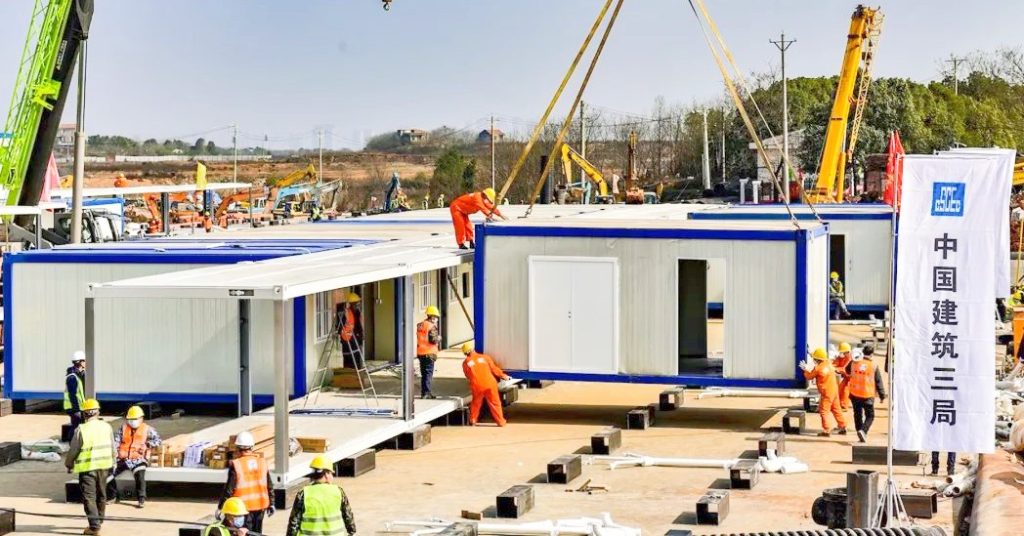
Whether it’s the Beijing Xiaotangshan Hospital during the 2003 SARS outbreak or the Huoshenshan and Leishenshan Hospitals in Wuhan during the 2020 COVID-19 pandemic, modular and streamlined construction processes have proven crucial for efficiency and sustainable development in the construction industry. This trend suggests that modular construction might be the future of the construction industry.
In the entire modular construction industry, the advantages of modular construction include fast construction speed, minimal dependence on weather conditions, labor savings, and the ability to effectively improve construction quality.

Anchor Tech Aerogel

SiO2 aerogel, a nano-porous solid material primarily composed of ultrafine particles, exhibits characteristics such as low thermal conductivity, low density, high surface area, high porosity, and small particle size. It is considered one of the lightest solid materials. Due to its unique physical structure, aerogel demonstrates strong fire resistance and thermal insulation properties. As research on aerogel applications in the construction industry progresses, it is becoming a high-performance material seen as having the most development potential in the field.
Anchor Tech Aerogel Modular Construction:
Application Cases:
Anchor Tech Aerogel’s low-carbon nucleic acid sampling cabin series, utilizing the excellent thermal insulation properties of aerogel, achieves efficient energy savings and a 60% reduction in carbon emissions. Simultaneously, it meets Class A fire resistance standards, ensuring safer and more efficient nucleic acid sampling.

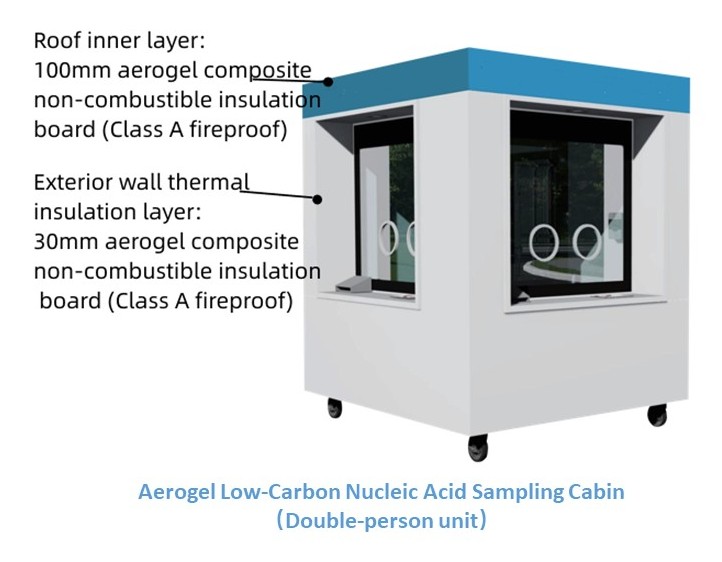
Applications of Anchor Tech Aerogel in Modular Construction:

Anchor Tech’s new Aerogel building material
NO.1:Aerogel Composite Non-Combustible Insulation Board
External wall insulation—(applicable in hot summers and cold winters and other regions)
Aerogel composite non-combustible insulation board, composed of silica aerogel powder and other filters, and a small amount of polystyrene particles, is a non-combustible insulation board molded with inorganic materials. It is used for building wall insulation, internal wall insulation, roof insulation, and color steel and roof sandwich panels.


Traditional organic insulation materials, such as EPS boards, XPS boards, and polystyrene boards, can only achieve a maximum fire resistance rating of B1, limiting their application in construction, and these materials are prone to aging under natural condition. In contrast, Aerogel composite non-combustible insulation boards can achieve a fire resistance rating of A, providing excellent flame-retardant effects.
Traditional inorganic insulation materials (such as glass wool, rock wool board, etc.) containing fibers are unfriendly to workers during construction and exhibit poor material rigidity, making them prone to issues like water absorption, bubbling, and detachment. In contrast, Aerogel composite non-combustible insulation board is considered a low-carbon environmental product. It has only 60% of the carbon emissions of rock wool, provides a certain degree of rigidity, and its base material is free from harmful fibers to the human body.
Specific advantages are as follows:
(1) Thermal conductivity as low as 0.043W/(m*K);
(2) Genuine Class A fire resistance
(3) Closed-cell structure with low volume water absorption rate;
(4) Long service life and aging resistance;
(5) Excellent mechanical properties.
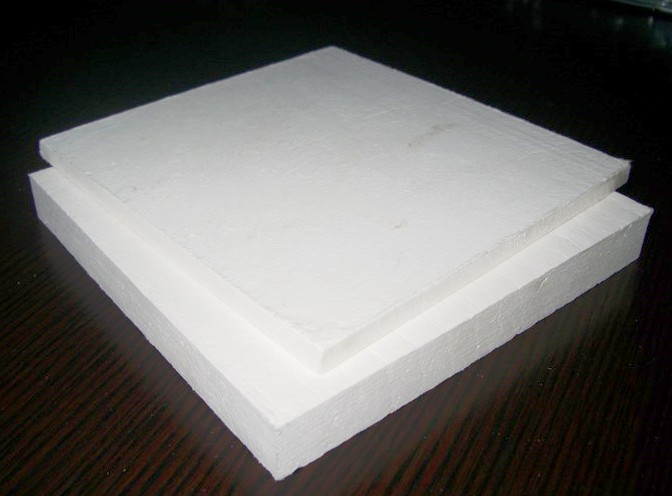
NO.2:Aerogel Insulation Coating System
External Wall Insulation — (Applicable to regions with hot summers and warm winters, as well as regions with hot summers and cold winters)
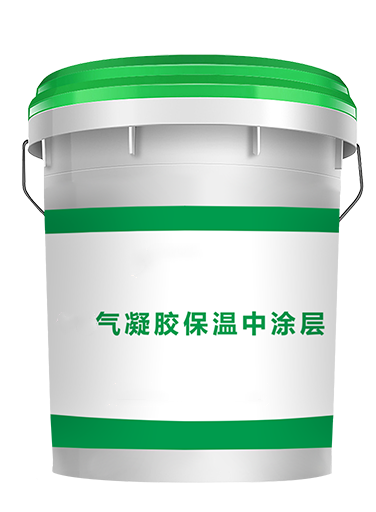
The Aerogel Insulation Coating System is composed of Anchor’s Aerogel Insulation Middle Coating, primer, and topcoat. This aerogel insulation coating system has advantages such as thermal insulation, lightweight, fire safety, environmental friendliness, and long service life.
Aerogel Insulation Coating System can be applied to energy-efficient renovations of building facades and roofs, providing benefits such as thin thickness, excellent insulation, lightweight, safety, and environmental friendliness. It effectively reduces building energy consumption. Compared to traditional insulation materials, it has clear advantages in thickness, ease of construction, and safety.
1)Currently, the requirements for building energy efficiency are becoming increasingly stringent. Taking GBT50378-2019 “Green Building Evaluation Standard” as an example, two-star and three-star buildings require a 10% and 20% improvement, respectively, in the thermal performance of the enclosure structure. The drawbacks of meeting energy-saving requirements by increasing the thickness of external wall insulation are gradually becoming apparent. Issues such as cracking and detachment of the external wall insulation layer, insulation leakage, and frequent fire incidents at external insulation construction sites have emerged.
2)To meet the thermal requirements in different climate zones, selecting suitable thermal insulation materials not only achieves energy-saving insulation but also extends the lifespan of the building. In regions with hot summers and warm winters, design institutes often use 30mm~40mm glass microsphere insulation mortar into the design of external walls to meet energy efficiency requirements.
3)Through comparison, the thermal resistance of the 2mm aerogel insulation coating system can entirely substitute for the 40mm glass microsphere insulation mortar in achieving energy-efficient design. Moreover, when compared to the traditional exterior insulation system with polystyrene board and thin rendering on external walls, the aerogel insulation coating system offers the advantages of integrated insulation, heat insulation, and decoration, along with easy construction. It can address issues such as water absorption and failure in traditional insulation boards and detachment of the insulation layer.
NO.3:Aerogel Waterproof and Thermal Insulation Roll Material
Aerogel waterproof and thermal insulation roll material is an integrated waterproof and thermal insulation material composed of a reflective aluminum foil layer, aerogel insulation layer, self-adhesive waterproof base material, and release film material. It provides advantages such as waterproofing, heat insulation, ease of construction, long service life, good flame resistance, heat resistance, high adhesive strength, and environmental friendliness.
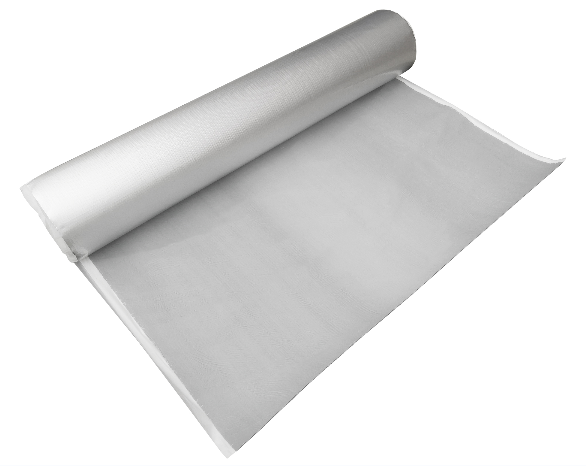
The aerogel waterproof and thermal insulation roll requires only one construction to solve two major challenges: waterproofing and thermal insulation, including metal roof and building roof leaks.
Application Advantages:
1)UV Resistance and Solar Heat Radiation Isolation :
The surface layer aluminum foil provides excellent resistance to UV aging and the function of isolating solar heat radiation.
2) Easy Construction:
Convenient to use, can be directly adhered to the surface of the building roof after cleaning; easy construction, safe operation, short construction period, high efficiency, and no need for maintenance after forming.
3) High Adhesive Strength :
The adhesive strength is 80% higher than that of ordinary self-adhesive rolls. The product has the characteristic that the longer the bonding time, the better the bonding effect.
4) Flexible Waterproof Layer:
Adaptable to Roof Thermal Expansion and Contraction Deformation, and Wind Load Deformation.
5) Versatile in application:
Capable of securely adhering to cement-based surfaces, various metal surfaces, and more.
6) High tensile strength:
Significant elongation, and strong adaptability to substrate shrinkage, deformation, and cracking.
Conclusion:
The application of SiO2 aerogel, as a novel green building material, in modular construction can enhance the overall thermal insulation and energy efficiency of building structures while reducing the risk of fire hazards, providing additional protection for both life and property safety. Simultaneously, the aerogel industry will drive the structural adjustment and upgrading of energy-efficient building materials, creating a new growth point in the national economy. This holds significant importance in promoting the development of the energy-efficient building industry.


